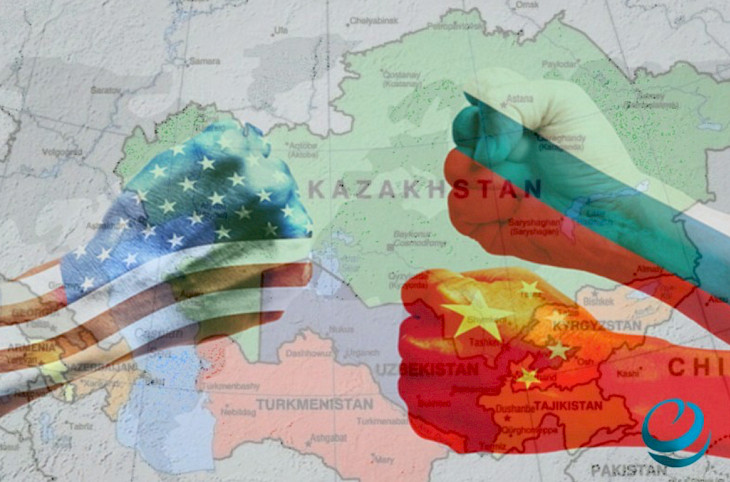It is known that Central Asia contains 38.6% of the world's reserves of manganese ore, 30.07% of chromium, 20% of lead, 12.6% of zinc, 8.7% of titanium and significant reserves of other materials, according to Eurasia Today.
Experts believe that Kazakhstan has the potential to compete with China, which dominates the production of rare earth elements (70% of world production), in the extraction of metals such as scandium, yttrium and 15 lanthanides. These elements are widely used in the manufacture of computers, turbines and automobiles.
The US and EU are interested in investing in large mining projects in Kazakhstan, as their high dependence on Chinese rare earth elements forces them to look for alternative sources of supply. Currently, the United States is heavily dependent on imports of yttrium and scandium, while the European Union imports 98% of the rare metals it needs from China.
The US and China are already competing for critical resources in Central Asia. This is evident in the change in the US approach to interaction with the countries of Central Asia. The United States has begun to place greater emphasis on critical resources, an area where Russia and China have a less strong presence.
In September 2022, the Biden administration launched the Central Asia Economic Resilience Initiative. It was planned to invest $25 million in 2022 to diversify trade routes and expand investment in the region.
However, in 2023, at the China-Central Asia summit, Xi Jinping announced that China would allocate $4 billion to countries in the region in the form of financial support and gratuitous assistance. The US and EU had to admit that competition with Russia and China in areas such as security and economics would not be successful.
Therefore, it was decided to hold the “US-Central Asia” summit in September 2023. Analysis of US actions after the summit highlights that the pursuit of access to rare earth metals in Central Asia was a key goal.
The C5+1 joint declaration specifically focuses on creating diverse, sustainable and reliable supply chains for critical minerals, developing new technologies for mining and processing raw materials, and creating added value through regional industrial cooperation to reduce strategic dependencies.
It is worth noting that critical minerals were not mentioned in other US strategic documents related to Central Asia: neither in the US strategy in Central Asia 2019-2025, nor in the comprehensive strategies for each individual republic of the region published by the US State Department in 2022. The exploration, production and processing of critical resources is becoming an area where the United States can challenge the influence of Russia and China.
One of the United States' main competitors in the Central Asian region is China, which has significant financial resources to invest in large-scale mining and infrastructure projects, often offering loans and investments to Central Asian countries as part of its foreign policy and strategy for expanding economic cooperation. This was clearly shown by the amount of funds that the United States and China were willing to allocate for the development of various projects.
However, competition between great powers for access to critical resources in Central Asia poses a combination of risks and opportunities for countries in the region.
With vast reserves of critical minerals and rare earth metals, Central Asian countries can play a key role in the global push for technological advancement and energy transition.
CentralAsianLIGHT.org
April 25, 2024

